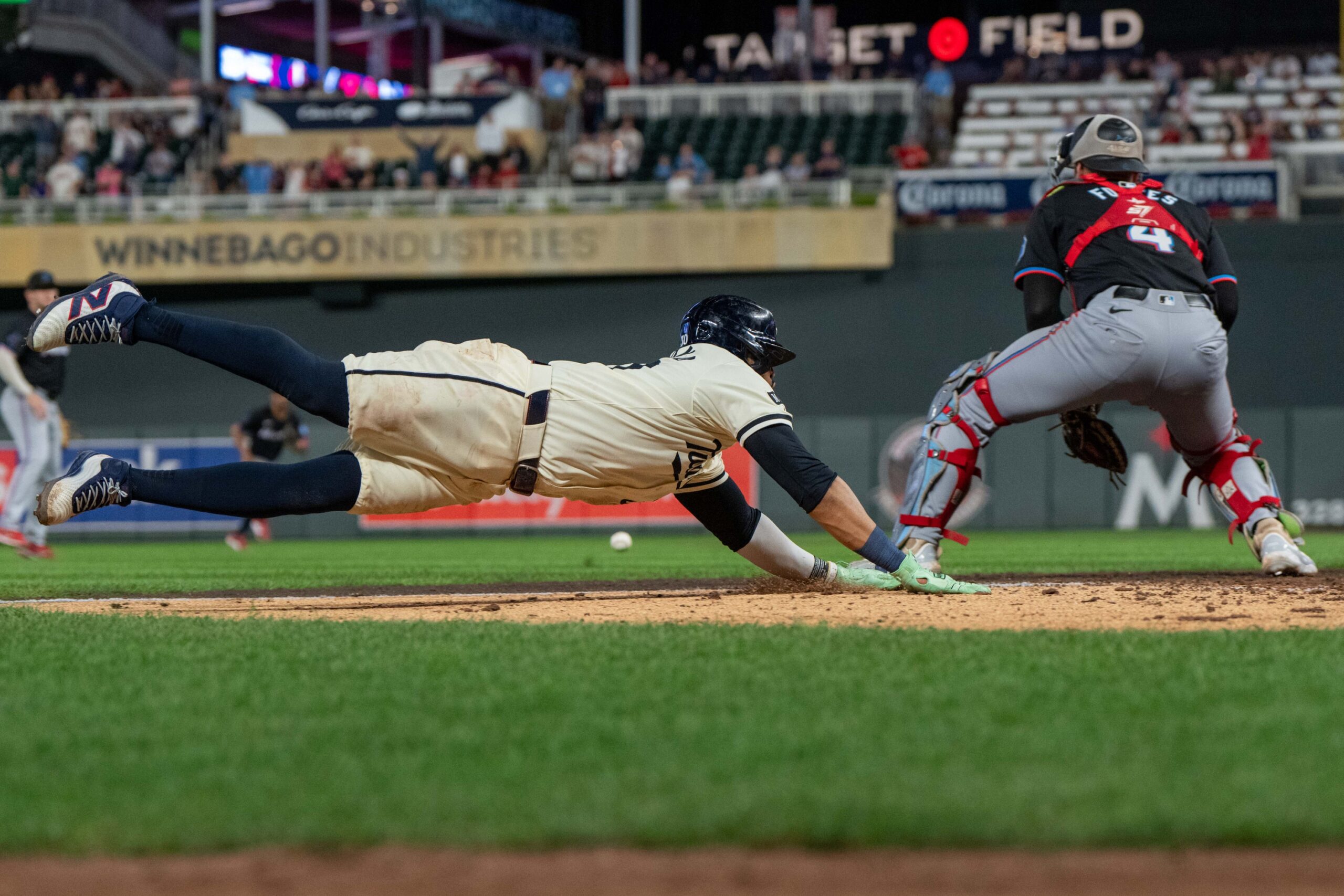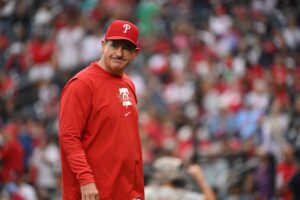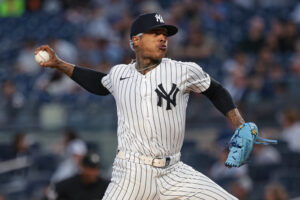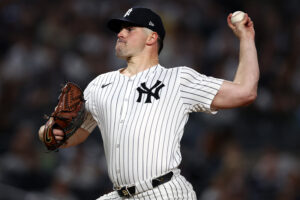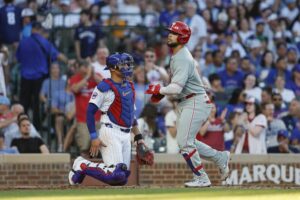With the postseason push reaching its climax, the Minnesota Twins have entered an offseason of introspection, watching rival teams vie for championship glory in the American and National League Championship Series.
Twins Take Notes: Strategies from the MLB Postseason Elite
Los Angeles Dodgers
Looking at the Dodgers lineup, it is easy to think about hitting with players such as Freddie Freeman, Mookie Betts and Shohei Ohtani. However, the Twins should learn from the Dodgers that they need strikeout efficiency and bullpen depth. First, the Dodgers have Tyler Glasnow at 11.3 strikeouts per nine innings, Yoshinobu Yamamoto with 10.5, and even reliever Alex Vesia at 11.8. The Twins’ Pablo Lopez and Bailey Ober are both at 9.6 SO9, respectively, but the Dodgers have more pitchers striking out batters at a higher rate. Developing more high-strikeout arms would improve the Twins’ ability to limit opposing batters.
The other aspect the Twins could learn from the Dodgers’ pitchers is their starting pitchers need to suppress the long ball. Dodgers starters like Yamamoto at .7 home runs per nine innings and Glasnow at 1.0 certainly excel in this stat. The Twins did not have a single starter below 1.1.
The Twins can learn from the Dodgers to limit the number of home runs allowed by their starters while generating more strikeouts to take the next step in their pitching development.
New York Mets
New York Yankees
The Yankees certainly have a star-studded lineup and can consistently be in the running to land big names when it comes to trades and free agency. The Twins have their fair share of star-quality names too, but the biggest thing they need to learn here is to keep their top players healthy and able to perform at a high level.
Royce Lewis, Carlos Correa, and Byron Buxton spent a significant amount of time on the disabled list this past season. These are supposed to be the big three names the Twins are relying on to have a successful offense and make a run in the postseason, but they were only in the starting lineup together 18 times in 2024. The inability to have their key performers consistently in the lineup is certainly something the Twins can learn from the Yankees. Their ability to keep Aaron Judge and Juan Soto playing every day at 158 and 157 games played in 2024 is impressive and a part of their continued success in the postseason.
Cleveland Guardians
When it comes the the AL Central, the biggest nemesis for the Twins has been the Guardians. Yes, other teams have had successful years, especially this year when the Kansas City Royals and Detroit Tigers made the postseason, but it has consistently been Cleveland that the Twins have been chasing or watching behind their back when it comes to the division.
Whether it’s patience at the place combined with aggressiveness on the base paths, leveraging more strikeouts from the mound, expecting more of their star players, or playing consistent baseball, there is a lot the Twins can learn from the four remaining playoff teams. While these teams are still competing in 2024, all the Twins can do right now is learn and hope for a better 2025.
Main Photo: © Matt Blewett-Imagn Images


